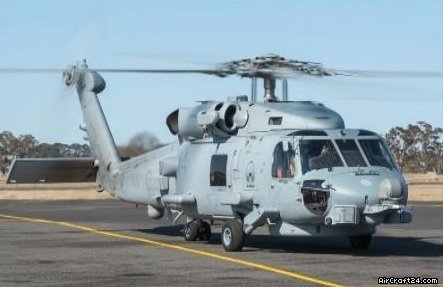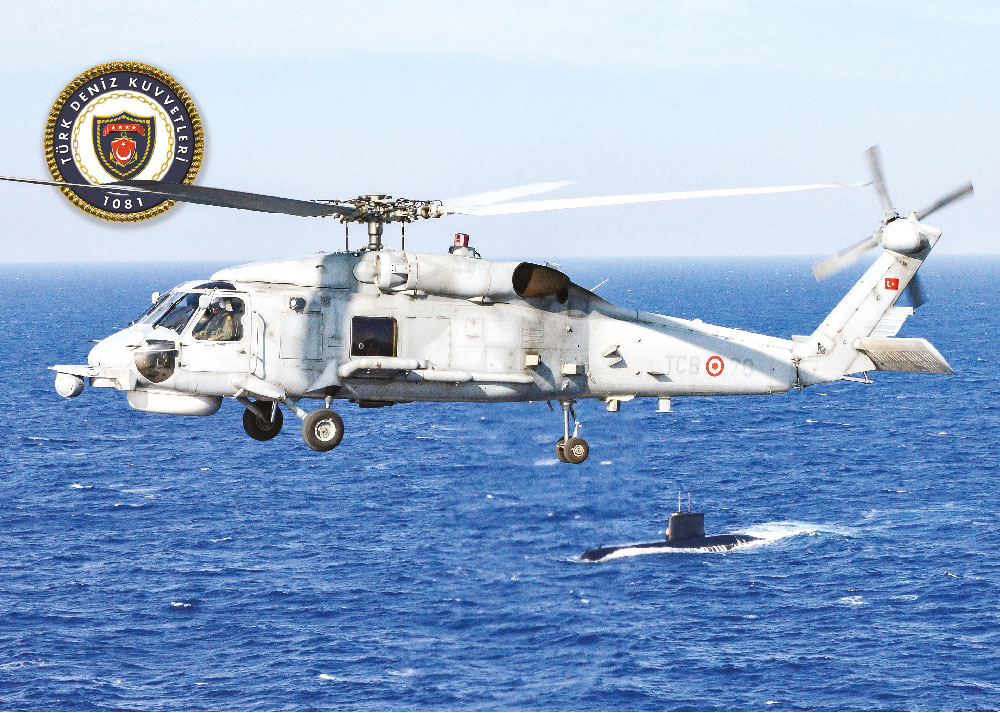Introducing the Sikorsky S 70: Innovations and Advances in Helicopter Engineering
Introducing the Sikorsky S 70: Innovations and Advances in Helicopter Engineering
Blog Article
Rotary-Wing Aircraft Offering Superior Durability and Precision Design
In the world of aeronautics, rotary-wing aircraft have long been identified for their unique abilities in numerous functional environments. From army missions to civilian applications, the development of rotary-wing modern technology has actually led the way for devices that provide exceptional durability and accuracy design. With innovations in products and building techniques, coupled with advanced trip control systems, these aircraft have actually come to be essential tools for tasks that require both robustness and precision. As we check out the elaborate equilibrium in between development and reliability in rotary-wing aircraft, it ends up being obvious that the convergence of sophisticated innovation and tested style principles has actually established a brand-new standard for performance and efficiency in the aerospace industry.
Advancement of Rotary-Wing Innovation
Throughout the history of aeronautics, the development of rotary-wing technology has actually been a testament to continuous innovation and innovation in aerial design. From the early days of upright flight with rudimentary layouts to the sophisticated helicopters and various other rotary-wing aircraft these days, the development in this area has been remarkable.
In the very early 1900s, pioneers like Igor Sikorsky and Juan de la Cierva made substantial strides in rotary-wing technology. Sikorsky's VS-300 helicopter, initial flown in 1939, marked a zero hour in the growth of functional rotary-wing airplane. This success paved the means for further innovations in vertical trip capabilities.

Today, rotary-wing airplane play essential roles in various industries, including armed forces operations, emergency medical services, legislation enforcement, and industrial transport. The advancement of rotary-wing modern technology remains to press the borders of what is feasible in upright trip, making certain that these airplane continue to be crucial properties in the aeronautics sector.
Products and Construction Innovations
Demonstrating a fusion of advanced materials and accurate construction techniques, rotary-wing airplane have actually undertaken substantial improvements in longevity and efficiency. Among the crucial advancements in materials utilized for rotary-wing aircraft is the raising utilization of composite products. These materials, such as carbon fiber reinforced polymers, provide a high strength-to-weight ratio, improving both the structural stability and total performance of the aircraft. In addition, developments in making procedures have actually enabled even more complex and accurate building and construction of rotary-wing elements, adding to boosted the rules of aerodynamics and performance.
Additionally, the assimilation of advanced layers and surface therapies has actually played a vital role in improving the longevity of rotary-wing aircraft. These finishes provide security versus corrosion, abrasion, and extreme climate condition, prolonging the life-span of the airplane and reducing maintenance needs.
In regards to construction developments, additive production, additionally known as 3D printing, has reinvented the manufacturing of complex components for rotary-wing aircraft. This innovation enables quick prototyping and modification, leading to quicker advancement cycles and minimized prices. On the whole, the continuous evolution of materials and construction techniques is driving the abilities and performance of rotary-wing aircraft to new heights.
Precision Flight Control Solution

The combination of GPS technology additionally enhances the precision and dependability of these systems, allowing for specific navigation, waypoint monitoring, and automated flight control. sikorsky s 70. This degree of precision not just improves the safety and security of rotary-wing operations yet likewise boosts general functional effectiveness and mission performance
Furthermore, the continual developments in fabricated intelligence and artificial intelligence have actually helped with the growth of independent flight abilities within Accuracy Flight Control Solution. This enables rotary-wing aircraft to execute complex objectives with unparalleled accuracy and uniformity, making them crucial assets in a large array of applications, including armed forces procedures, search and rescue missions, and aerial digital photography.
Durability in Challenging Atmospheres
Popular functional setups, rotary-wing aircraft demonstrate outstanding strength and robustness, guaranteeing ideal efficiency under challenging ecological problems. These airplanes are made to hold up against a vast array of ecological variables, including extreme temperature levels, high winds, and harsh surface, making them well-suited for numerous goals in varied landscapes.
One crucial element adding to the sturdiness of rotary-wing Full Article airplane is their sturdy construction. These aircraft are constructed using high-grade materials and advanced design methods to boost their structural integrity and reliability. Furthermore, elements such as rotor blades, engine systems, and landing equipment are carefully designed to stand up to the anxieties and pressures experienced during procedures in difficult atmospheres.
Additionally, rotary-wing aircraft are equipped with innovative onboard systems that keep an eye on performance metrics in real-time, allowing for aggressive upkeep and early discovery of possible problems - sikorsky s 70. This proactive strategy assists avoid unexpected failings and guarantees the continued airworthiness of the airplane popular functional settings. Overall, the longevity of rotary-wing airplane in challenging settings is a testament to their premium engineering and design, making them crucial possessions for numerous mission-critical procedures
Upkeep and Dependability Standards
The adherence to rigid maintenance and dependability standards is vital in guaranteeing the optimum performance and safety and security of rotary-wing aircraft. Routine maintenance checks, carried out by qualified service technicians, are important to recognize and address sikorsky s 70 any type of potential problems prior to they compromise the airplane's capability. These checks encompass a detailed examination of all important components, including the engine, blades system, avionics, and hydraulic systems, to guarantee that they remain in prime working problem.
Moreover, adherence to arranged upkeep intervals based on supplier guidelines is critical for supporting the aircraft's integrity. This proactive method assists protect against unexpected break downs and makes sure that the airplane remains airworthy for its intended objectives. In addition, the execution of robust reliability standards, such as routine element screening and substitute based upon fixed lifecycles, better enhances the aircraft's dependability.
Conclusion

Finally, the improvements in rotary-wing airplane modern technology have actually brought about premium durability and precision engineering. With innovative materials and construction techniques, along with accuracy trip control systems, these airplane can run in tough settings with raised integrity. The upkeep and dependability requirements guarantee that these rotary-wing aircraft remain to perform at their ideal, making them crucial properties for different markets.
Demonstrating a fusion of cutting-edge products and exact construction techniques, rotary-wing airplane have undergone substantial improvements in sturdiness and performance. One of the vital advancements in materials used for rotary-wing airplane is the boosting utilization of composite products.With careful attention to information and advanced technological assimilation, rotary-wing airplane have actually accepted Precision Trip Control Systems as a keystone of their operational quality. In general, the click this site longevity of rotary-wing aircraft in challenging atmospheres is a testament to their remarkable engineering and layout, making them essential properties for different mission-critical procedures.
In final thought, the advancements in rotary-wing aircraft technology have actually led to exceptional longevity and precision design.
Report this page